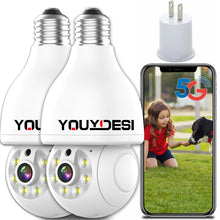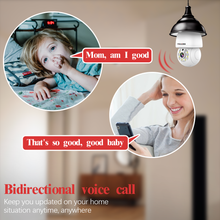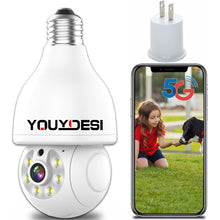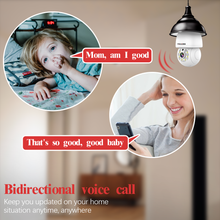1. Power Configuration:
The placement of power sources for cameras depends on whether the cameras are located close to the central control unit or at a significant distance. If cameras are in proximity, installing a high-capacity DC stabilized power supply near the central control unit is advisable. Multiple cameras can be connected to this power supply, with the total DC power exceeding the cumulative power consumption of all connected cameras.
For cameras located farther away, you should opt for a 220V AC power source distributed to the camera site and then transformed into 12V DC through a voltage stabilizer for camera power supply. The distance between the 220V AC power lines and the video cables should be greater than 30 cm to prevent magnetic field interference that could affect video transmission quality.
2. Power Selection:
The choice of power supply should be based on a calculation that matches the requirements of your specific cameras. Here's a general guideline for selecting power supplies based on camera working currents:
- Regular bullet or dome cameras: Working current is approximately 200-300mA; choose a power supply rated between 500mA to 1A.
- All-in-one cameras: Working current is around 350-400mA; opt for a 1A power supply.
- Small to medium-sized infrared cameras: Working current falls between 600-700mA; select a 1A power supply.
- Large infrared cameras: Working current ranges from 1000-1200mA; use a 2A power supply.
If you're powering an entire surveillance system, the cameras can be powered individually or through centralized power supply. In the case of centralized power, the required current should be the sum of the currents of all connected cameras. For example, if you need to power ten dome cameras from a single power source, and each camera's current draw is between 3000mA-4000mA, you should select a 5A or 6A power supply.
3. Power Cable Gauge Selection:
The choice of power cable gauge depends on factors like the number of cameras, the maximum distance from the power source, and the power requirements. Here are some general guidelines:
- For distances less than 40 meters and up to four cameras, you can use RVV2×0.5 power cables for individual cameras or employ 12V 1A or 12V 2A power supplies for four cameras using parallel wiring, saving on cable materials.
- If you have more cameras or need to cover greater distances, such as eight cameras in a system, it's recommended to use RVV2×0.75 for power distribution.
- For distances exceeding 40 meters, especially when powering multiple cameras, it's advisable to consider 220V AC power distribution at the camera location, with local voltage transformation to 12V DC for camera power. In such cases, RVV2×1.0 or RVV2×1.5 power cables are suitable.
4. Power Cable Selection Method:
The power supply can be delivered through different methods, depending on your system design:
- Twisted Pair Wiring: Using unshielded twisted pair (UTP) cables to supply power to cameras simplifies cabling. However, it's essential to ensure that the supplied power meets the camera's requirements. For example, if the camera operates on 10-12VDC and 500mA, UTP cables can transmit this power up to 150 meters while still providing reliable operation.
- Dedicated RVV Wiring: Using dedicated RVV2×0.5 power cables for each camera is a straightforward solution. These cables are suitable for powering cameras with up to four units and distances below 50 meters. You can combine these cables with small transformers for individual camera power supply.
- High-Power Centralized DC Stabilized Power Supply: For larger systems with eight or more cameras, it's more practical to employ high-capacity 12V DC stabilized power supplies. In such cases, due to higher current loads, it's important to account for line loss and voltage drop. For instance, for an eight-camera system, if the total distance from the power source does not exceed 40 meters, you can use RVV2×0.75 power cables for power distribution. If the distance is longer or the power requirements are higher, RVV2×1.0 cables are more suitable. Additionally, for safety and reliability, RVV2×1.5 cables are advisable if the distance extends further.
5. Multi-Floor Surveillance Systems:
In multi-floor surveillance setups, it's common to use 2.5-6m2 copper core double-sheathed cables to run power lines from the control room to the utility corridor and then along the utility corridor to the camera locations on each floor. For supplying power to cameras on each floor, RVV2×1 or RVV2×1.5 power cables are recommended if the number of cameras exceeds six or if the distance is substantial.
In the realm of indoor/outdoor home security, wireless cameras, and light bulb cameras, choosing the right power source and cables is vital for a successful surveillance system setup. It ensures reliable performance, smooth operation, and uninterrupted security monitoring.












